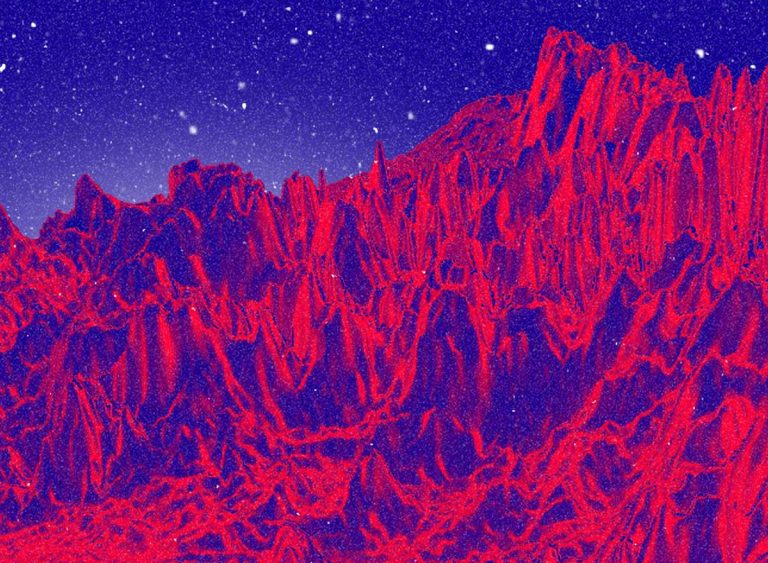What is the life cycle of a star?
All stars begin their life in the same way, a star’s life cycle is determined by its mass—the larger its mass, the shorter its life cycle. The mass is determined by the amount of matter that is available in its nebula, which is the cloud of gas and dust that it was born from. How are stars born exactly, and what happens to them when they die?
How are stars born?
First, you need a cloud of dust and gas, also known as a nebula. Nebulae are mostly composed of hydrogen gases. Over time, the hydrogen gas in the nebula is pulled together by gravity which makes it spin. As the gas spins faster it heats up, and if large enough, it can collapse under gravity to form a protostar—then finally, this becomes a main sequence star. This is a stable stage in the cycle of a star. The hydrogen nuclei then fuse together to make helium, and the process releases energy which keeps the core of the star hot. The cloud contracts a little and begins to glow brightly, and it also finds a balance between the outwards radiation and the force of gravity pulling inwards. The main sequence star is how it remains for millions to billions of years, which is the same stage that our Sun is at right now.
As the main sequence star glows, the hydrogen in its core is still going through nuclear fusion, but when the hydrogen supply in the core begins to run out the star will no longer be generating heat by nuclear fusion, which reverses the stability found before and the star will begin to contract. Larger nuclei then begin to form as the outer shell of the star starts to expand, and as it expands, the star cools down and glows red. Much like coal on a fire. This is the red giant phase, known as a red giant star.
How do stars die?
In the core of the red giant star, helium fuses into carbon. All stars evolve up to the red giant phase, but the difference in masses between stars is what determines what path each star will take from there. Our Sun is a low mass star, and once the helium has completely fused into carbon the core of it will collapse again, as the core collapses the outer layers of the star are then expelled, almost like a shedding of skin. A planetary nebula, made up of the outer layers that the red giant star has shed then forms, leaving the core, which at this stage is called a white dwarf star, surrounded by its debris. Eventually, this will cool further to become a black dwarf.
On the other hand, if a star has a high mass, it will go through the same process up through to the main sequence, and then by the phase of the red giant where the lower mass stars change into white dwarfs. The larger mass stars will undergo a massive supernova explosion, which is the end of these larger stars’ lives, leading them to distribute much of the elements formed prior to the explosion across space. If the remnant of the explosion is one and a half to about three times as large as our Sun, it will become a neutron star, which is the imploded core, and it will remain as such. However, with a star even bigger than that, it will do something quite different.
The force of gravity overcomes the nuclear forces that keep protons and neutrons from combining, which basically means that the star is effectively swallowed by its own gravity in the explosion. This transforms it into a black hole, which is an object whose gravity is so monumentally strong that not even light can escape its force. In fact it attracts any matter and energy that comes near it, and in a sense, gobbles it up.
In the first moments after the Big Bang, the universe was tremendously hot and dense. The universe then cooled and gave birth to conditions that formed the building blocks of matter, the quarks and electrons of which we are all made. Quarks began to aggregate, which produced protons and neutrons, which then combined into nuclei. Meanwhile, the universe continued to expand and cool until finally electrons became trapped into orbits around nuclei, forming the first atoms. These atoms were hydrogen and helium, all the other elements that we are surrounded by today have been produced by nuclear fusion reactions in stars and supernova explosions since then. Let that thought sit with you for a little bit.






